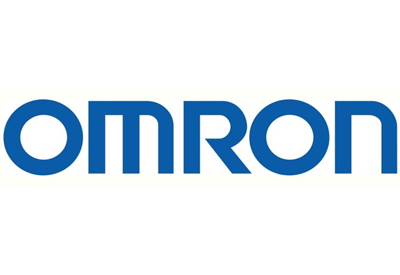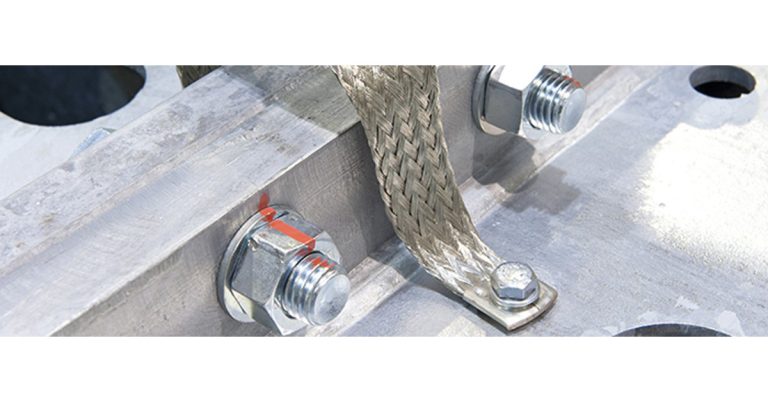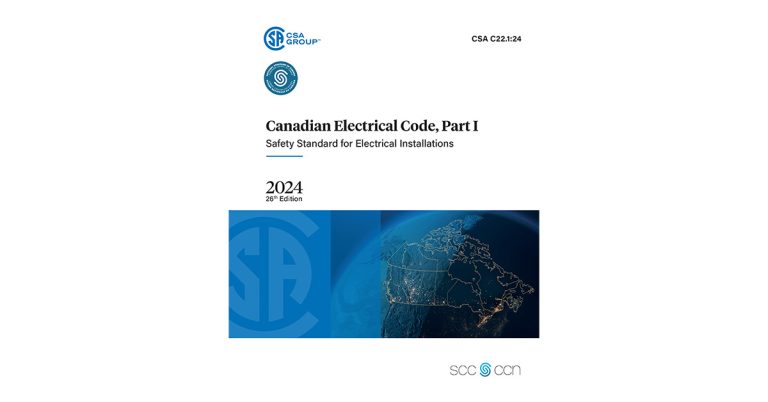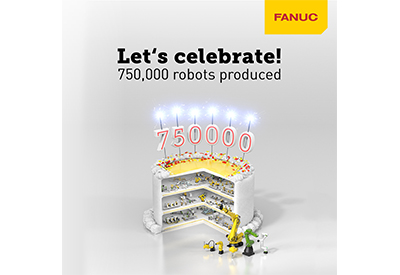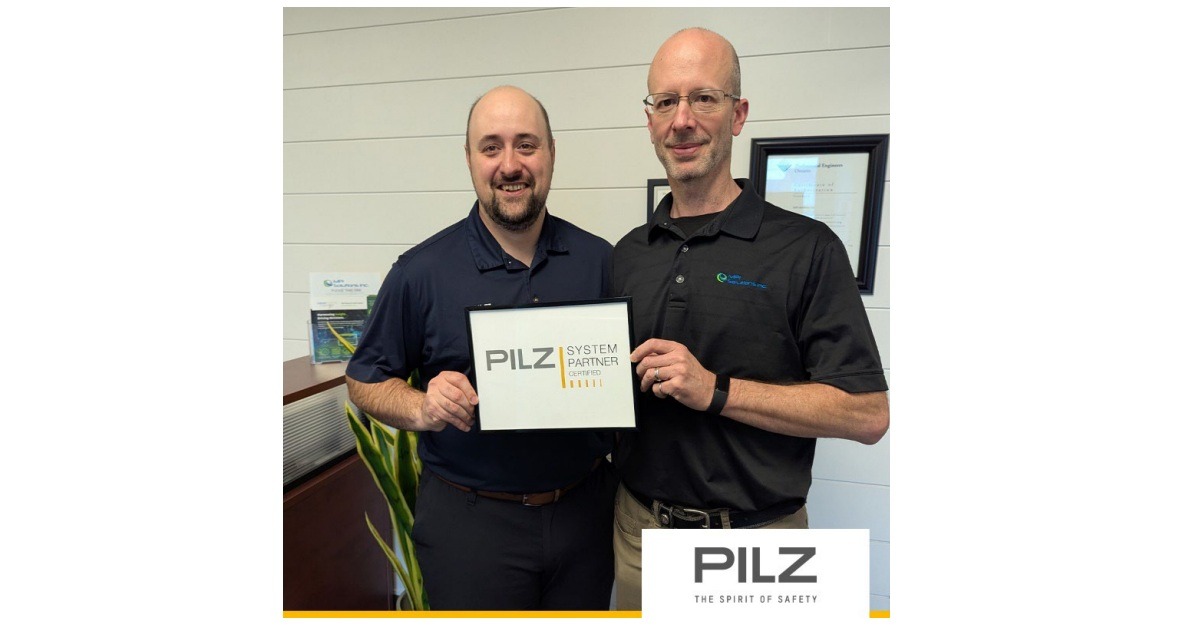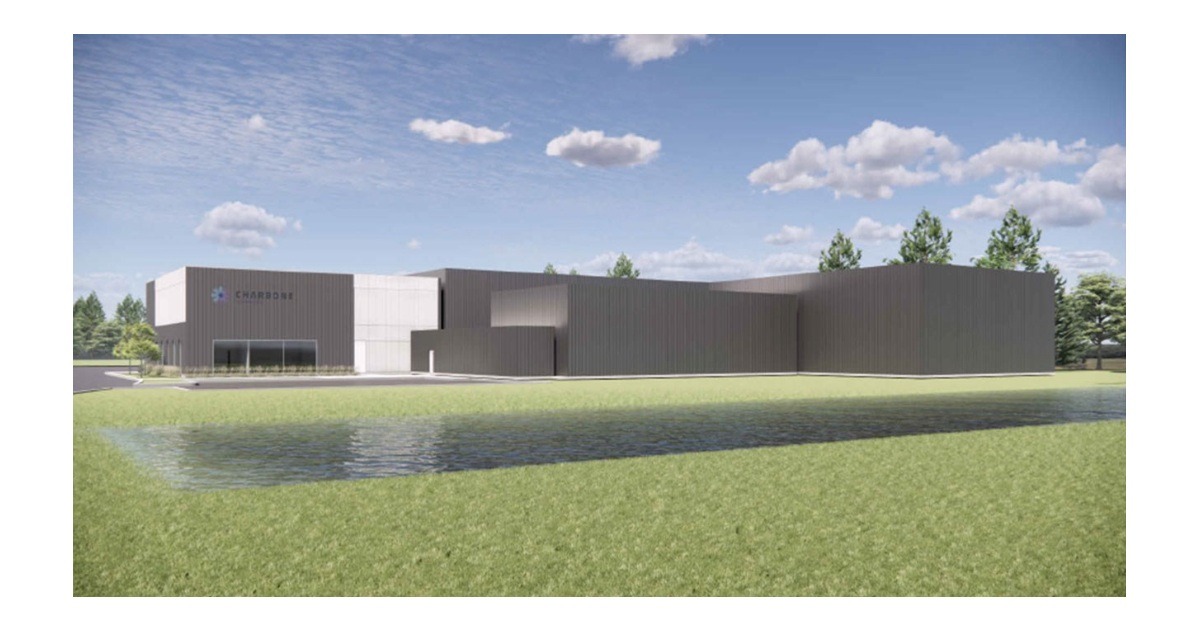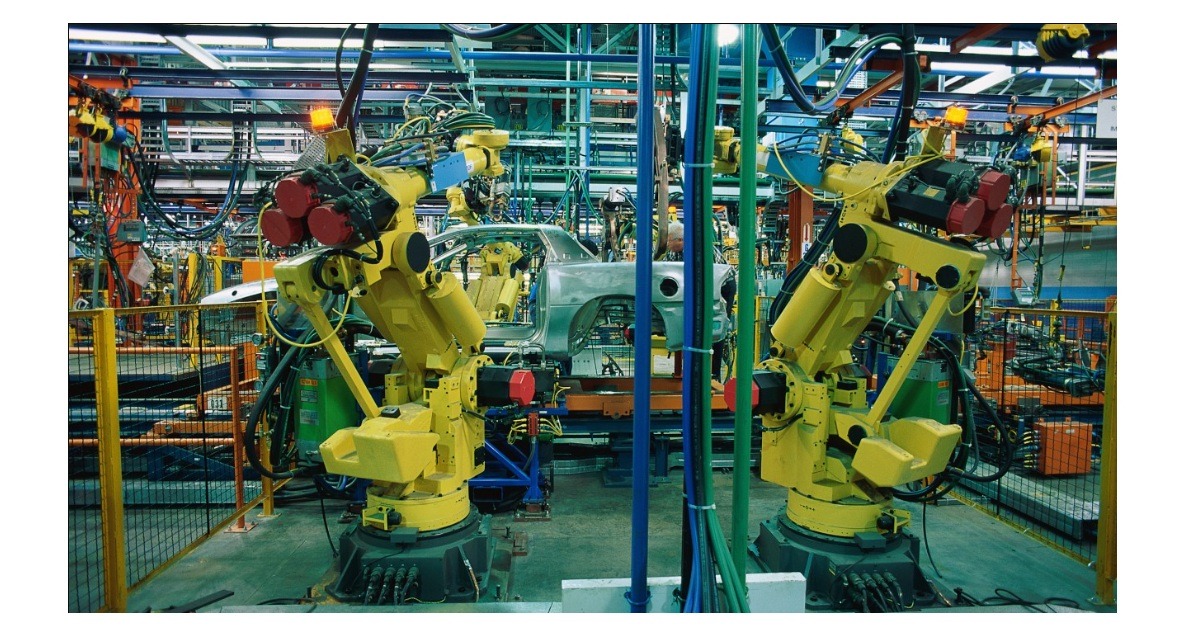Schunk: Magic of tombstones and pyramids
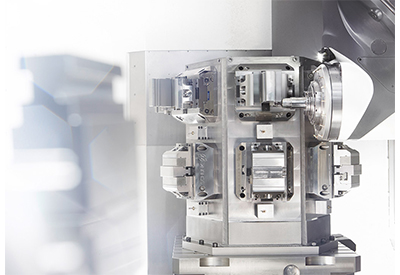
May 25, 2020
At first glance unspectacular – but on closer inspection more versatile than virtually any other clamping device: tombstones and clamping pyramids are have regarded as somewhat mystical, probably because they also change their appearance from machine to machine. When used carefully, they multiply the number of workpieces in the machine room and thus offer ideal preconditions for reducing idle time and catapulting the unmanned machine running time upwards with high flexibility – provided that the clamping devices are carefully matched to this.
4-axis horizontal machining centers with integrated pallet changing have always been the domain of tombstones. The basic idea is always the same: The tombstone multiplies the machine’s own clamping face so that a high machine utilization rate is achieved and idle times are minimized. Skillfully planned, a workpiece storage system with a tombstone can be used to produce fully automated parts over several days, for example in ghost shifts on weekends. Clamping pyramids, which in recent times have enjoyed success on 5-axis machines in particular, follows the same basic idea. Without any concessions when it comes to accessibility, the unmanned machine running time can be increased using these – especially when loading is carried out from the machine’s own or external pallet stores. For good reason, SCHUNK, the competence leader for gripping systems and clamping technology, has been consistently expanding its portfolio of tombstone and clamping pyramids for years now. The starting point is a comprehensive modular system consisting of basic pallets, basic profiles and clamping faces, which are combined with an impressive variety of clamping devices and made efficiently usable via a wide selection of standard clamping jaws.
Skillfully planned, a workpiece storage system with a tombstone can be used to produce fully automated parts over several days, for example in ghost shifts on weekends. Clamping pyramids, which in recent times have enjoyed success on 5-axis machines in particular, follows the same basic idea. Without any concessions when it comes to accessibility, the unmanned machine running time can be increased using these – especially when loading is carried out from the machine’s own or external pallet stores. For good reason, SCHUNK, the competence leader for gripping systems and clamping technology, has been consistently expanding its portfolio of tombstone and clamping pyramids for years now. The starting point is a comprehensive modular system consisting of basic pallets, basic profiles and clamping faces, which are combined with an impressive variety of clamping devices and made efficiently usable via a wide selection of standard clamping jaws.
Eliminating idle times
The basic principle is simple: One or ideally even multiple workpieces can be set up on each side of the tombstone, which are then machined one after the other. With the aid of modern CAD/CAM systems, it is thus possible to machine even the smallest batch sizes up to individual parts highly efficiently and automatically. Setup is carried out on the basis of workpiece-specific setup plans, ideally outside the machine room at the machine’s own or external setup stations. Loading of the machine with the tombstone or the clamping pyramid is then carried out via the machine’s own transfer systems, alternatively by crane or robot. In addition, unproductive idle times, such as re-gripping, alignment or determining the zero point can thus be eliminated with tombstone and pyramids i.e. consistently banished from the machine. The quick-change pallet system SCHUNK VERO-S shortens workpiece, clamping device or pallet change times where particular flexibility is required or the number of tombstones or pyramids is insufficient.
Vibration damping hollow body construction
As a rule, SCHUNK KONTEC tombstones have a one-piece design: The base plate and clamping column are made of cast iron EN-GJL-250 as a monoblock and, due to their stable hollow body construction, guarantee high rigidity, good vibration damping and high basic accuracy so that they no longer have to be milled over before use. They are available as standard with two base plate sizes (400 x 400 mm, 500 x 500 mm) for all common standard machine pallets type DIN 55 201 and JIS 6337-1980. Individual interfaces are also possible too. The perpendicularity to the base plate is 0.01 mm to 200 mm, the surfaces are finely milled and have a roughness of Ra 1.6. This ensures exact positioning of the clamping devices and workpieces. The tombstones can be mounted quickly and precisely on existing machine tables using a Ø 50 H6 centering device. For JIS 6337-1980 basic pallets (500 x 500 m), distance plates and edge locator stops can also be used.
Numerous variants
Tombstone and pyramids are available in a large number of variants and designs. The SCHUNK tombstone program alone comprises five basic profiles: Double brackets with two clamping faces, triangles with three clamping faces, cubes or crosses with four clamping surfaces and octagons with eight clamping faces. Another special form is the clamping pyramid, which enables multiple clamping with excellent accessibility on 5-axis machines and is gaining in importance not least due to the increasing number of machines with workpiece storage. By selecting the right shape for the workpiece and the machining process, the interfering contours and thus the accessibility of the spindle and tools can be optimized. Depending on the variant, the height of the standard tombstones is 710 mm or 1,000 mm.
Flexibility in clamping face and clamping devices
There are four different clamping faces to choose from: The 50 mm bore grid creates a high degree of flexibility. It is suitable for holding a wide variety of clamping devices, but also for conventional set-up by means of clamping claws. The reduced grid in turn is specially designed for SCHUNK KONTEC clamping devices. In both cases, the grid holes are equipped with hardened fitting bushes and galvanized threaded bushes. The clamping devices can be positioned and fastened directly to the tombstone using Ø12/M12 fitting screws. The third variant, a raw clamping face, can be individually adapted by the user to the respective requirements. The fourth variant offers the greatest flexibility, namely equipping with SCHUNK VERO-S NSE-T 138 quick-change pallet modules.
These function as a quick-change system and enable high-precision clamping device change within seconds without time-consuming screwing. Using uniform SCHUNK VERO-S clamping pins, quick-change pallet module can be combined with various clamping devices from the SCHUNK standard program. Users thus benefit from a unique variety of different clamping modules, ranging from power clamping blocks through manual single, double and multi clamping vises to multi-jaw chucks. Using the SCHUNK clamping jaw program and jaw quick-change systems, the clamping devices can be quickly and flexibly adapted to different part families, ensuring a high degree of individuality with the greatest possible precision and economy.
Users thus benefit from a unique variety of different clamping modules, ranging from power clamping blocks through manual single, double and multi clamping vises to multi-jaw chucks. Using the SCHUNK clamping jaw program and jaw quick-change systems, the clamping devices can be quickly and flexibly adapted to different part families, ensuring a high degree of individuality with the greatest possible precision and economy.
Tombstone systems – fully configured with clamping devices
In addition to this freely configurable modular program, SCHUNK also has a large number of pre-configured tombstones in its program, which are offered as complete systems including clamping devices. These tombstone systems usually comprise two or four stationary vises from the SCHUNK KONTEC program, which are configured either as monoblock or in combination with a cast core EN-GJL-250 to form tombstones. You can choose between tombstone systems from the single-acting vises KONTEC KSO in mono-block design, from double vises KONTEC KSC-D, from multiple clamping systems KONTEC KSM or KONTEC KSM2, from modular machine vices KONTEC KSG as well as from spring-operated clamping force blocks TANDEM KSF plus. The latter enable safe clamping without media supply and, due to their compact dimensions, are becoming increasingly important, especially in storage solutions.
Application-specific expansion technology
If the broad standard program is not sufficient, SCHUNK also realizes application-specific expansion technology, for example, vibration-damped tombstones made of cast iron GGG40 or tombstones with optimized internal geometry, with which the tombstone weight can be reduced. Highly rigid tombstones for demanding milling operations are also possible. Special tilting tables, on which the tombstones can be swiveled, rotated and optionally loaded vertically or horizontally, also enable particularly ergonomic loading.
Mineral casting tombstones
SCHUNK tombstones in hybrid technology combine a mineral casting core with a steel or aluminum shell. Their low dead weight is a key benefit while they open up additional scope for the weight of the clamping devices and workpieces. In addition, the damping capacity is six to  ten times higher than with conventional gray cast iron, which has a long-term effect on cost efficiency. This enables higher cutting parameters with simultaneously lower tool wear and improved surface quality. Further advantages are the low thermal conductivity and the associated slow reaction to temperature changes as well as the chemical and mechanical resistance to aggressive and abrasive media.
ten times higher than with conventional gray cast iron, which has a long-term effect on cost efficiency. This enables higher cutting parameters with simultaneously lower tool wear and improved surface quality. Further advantages are the low thermal conductivity and the associated slow reaction to temperature changes as well as the chemical and mechanical resistance to aggressive and abrasive media.

